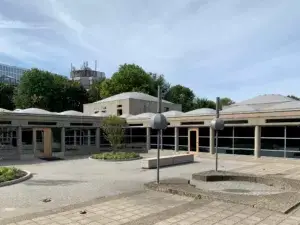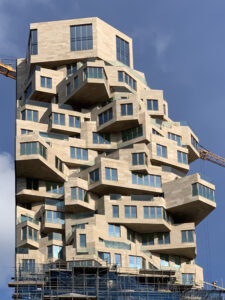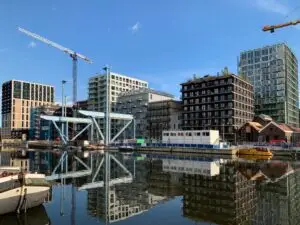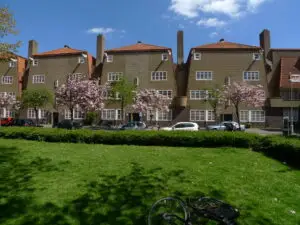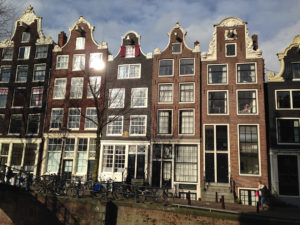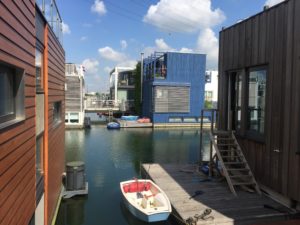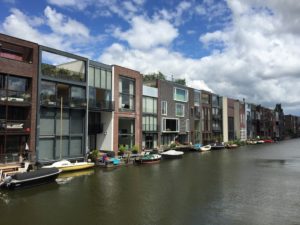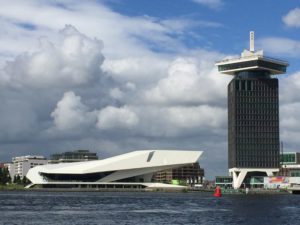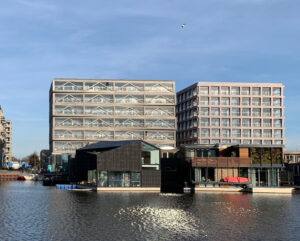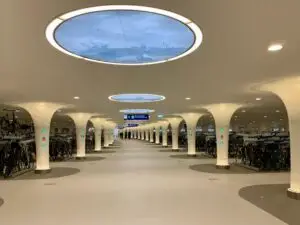Bike Mobility
- Amsterdam
- Duration: 3–4 hours
- Date and time to be defined
- max. 15 participants per guide
- by bike
- Contact us for a quote
Amsterdam is the undisputed capital of cyclists. The modal split for cycling in the entire city is 50 percent, in the city centre even 62 percent. Cycling is not a sport here, but an everyday mode of transport. While other cities are more or less eager to expand their cycling infrastructure, it is already a fact of life in Amsterdam. Experience the Dutch cycling infrastructure on a tour with architour! We explain the design of cycle paths, roundabouts and intersections, show you innovative bicycle parking garages and shared space concepts and explain the important role of non-verbal communication. The tour takes you through the old city centre and some newly developed areas.
The focus of this tour is on local challenges such as density and lack of space, but above all on many best practice examples. And of course we’ll also devote some attention to urban mobility in general and other modes of transport, such as pedestrians, cars and public transport.
Programme: Bike Mobility
Explanations about the history of cycling in the Netherlands, current trends and issues, peculiarities of Dutch bike infrastructure, municipal and national policies
New bike parking solutions in the city centre and around the Central Station, incl. underwater garages for 11,000 bikes
- Dutch roundabout design
- Dutch road design with separate bike lanes
Not a lot of space, but a lot of bikes: density as an issue in the old town
- Rijksmuseum: a bike tunnel and its influence on museum design
Frans Halsbuurt: Redesign of a neighbourhood without curb-side parking


